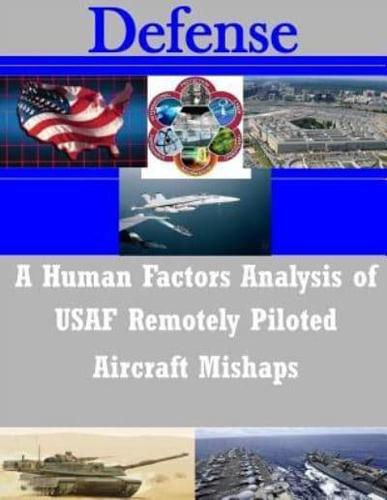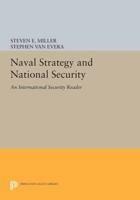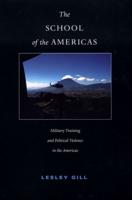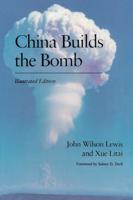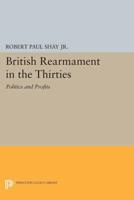Publisher's Synopsis
As the effort to demonstrate the viability and effectiveness of Remotely Piloted Aircraft (RPA) systems continues, there is an increasing demand for improved total system performance; specifically, reduced mishap rates. The USAF MQ-1 and MQ-9 have produced lifetime mishap rates of 7.58 and 4.58 mishaps per 100,000 flight hours, respectively. To improve the understanding of RPA mishap epidemiology, an analysis was completed on USAF MQ-1 and MQ-9 RPA mishaps from 2006-2011. The dataset included 88 human error-related mishaps that were coded using the DoD Human Factors Analysis and Classification System. The specific research question was: Do the types of active failures (unsafe acts) and latent failures (preconditions, unsafe supervision, and organizational influences) differ between the MQ-1 and MQ-9 when operated with the same Ground Control Station (GCS)? The single inclusion of Organizational Climate (organizational influence) in the Level II logistic regression model suggests that there is not a statistically significant difference in RPA-type mishaps with regard to human error. These results suggest that human performance requirements should be coupled to the GCS and not aircraft type. The models have the promise to inform RPA certification standards and future system designs.


